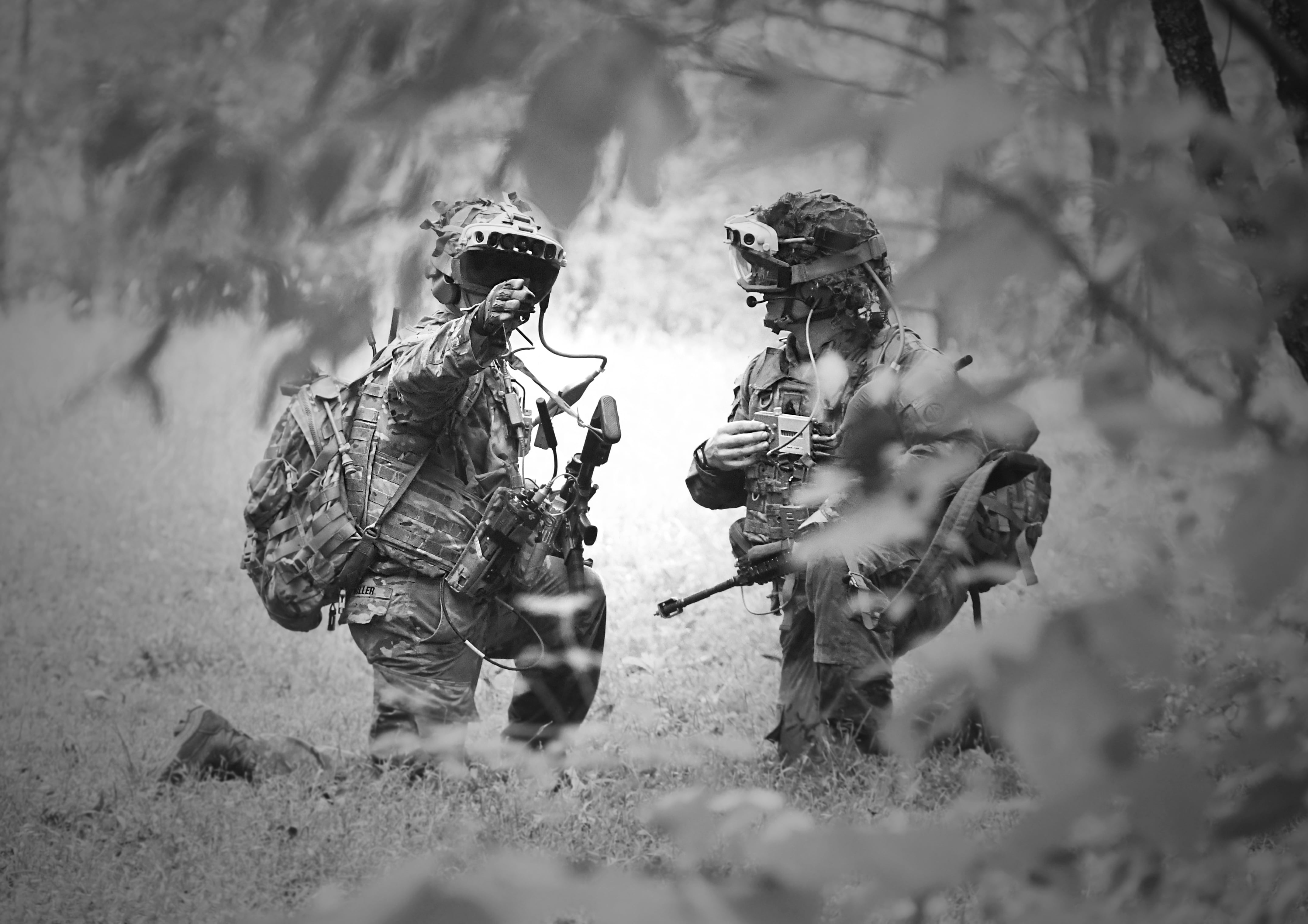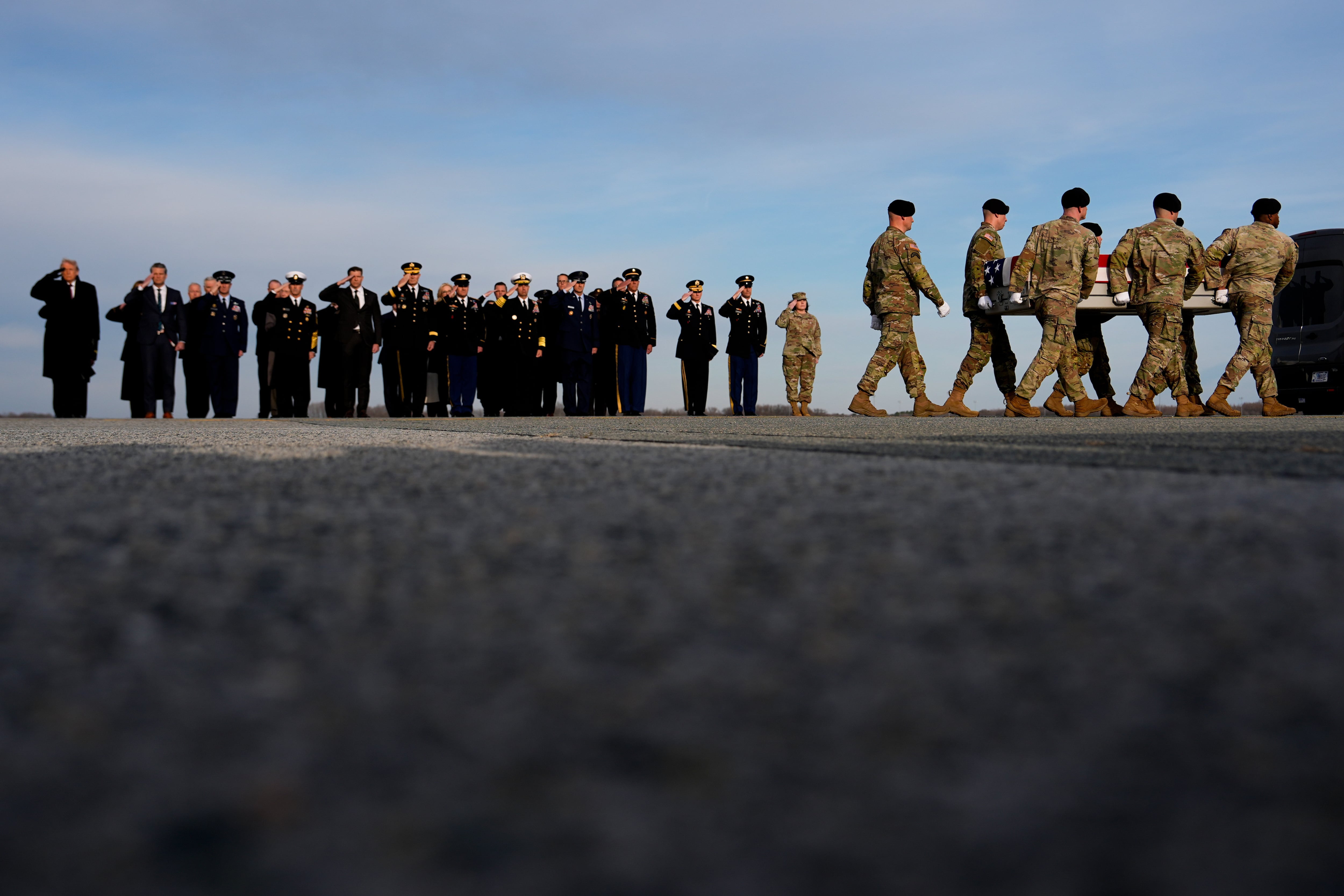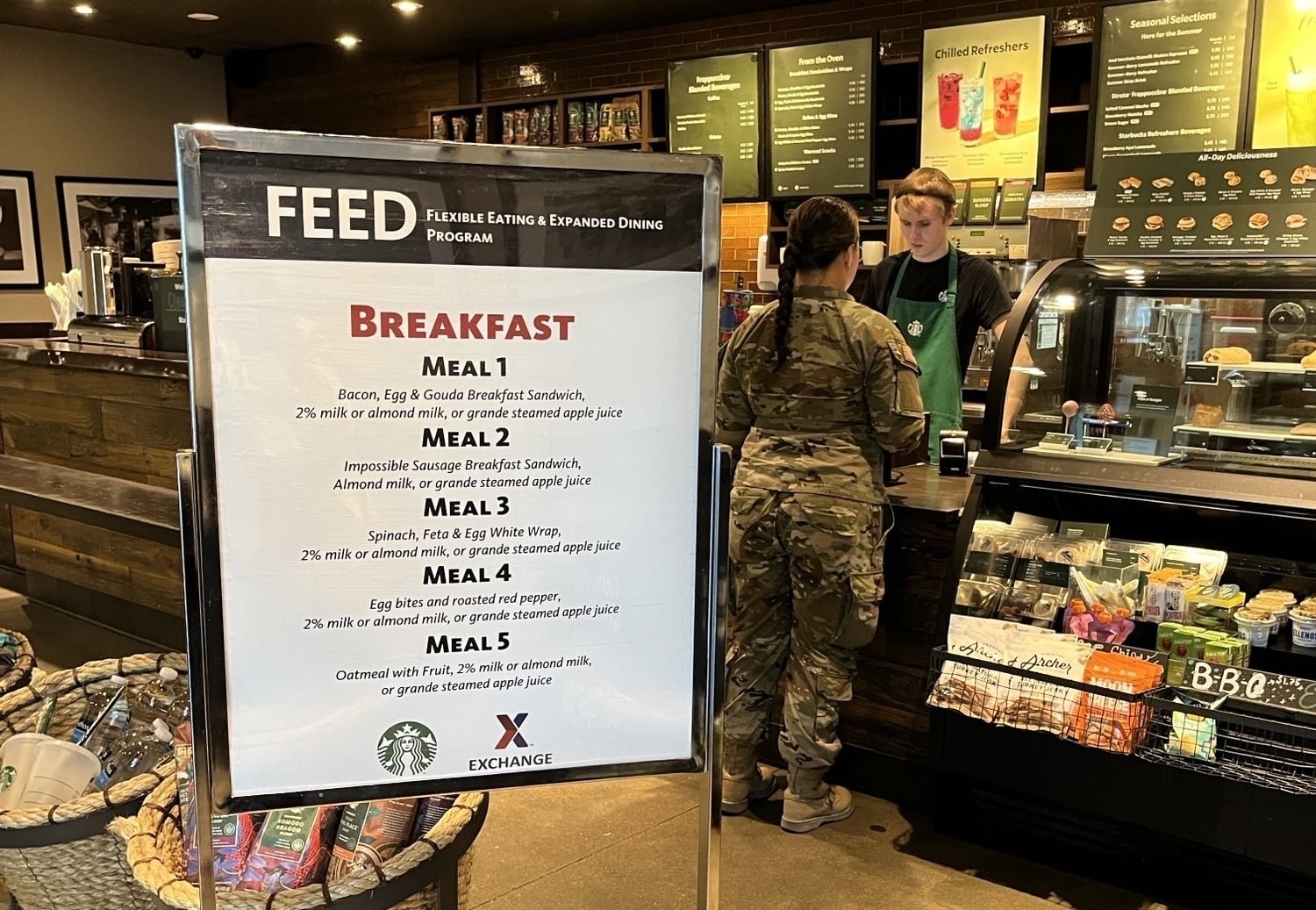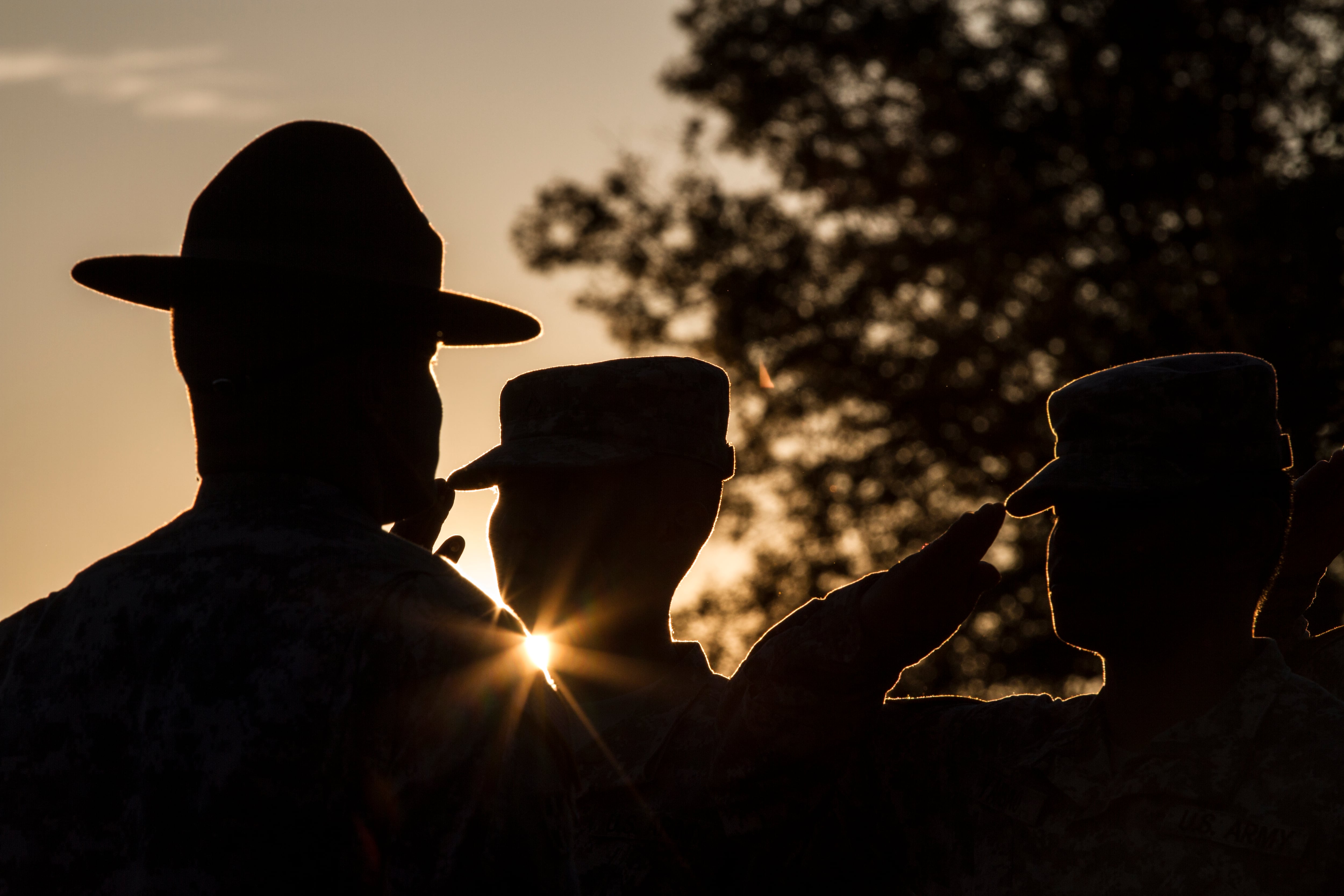The Army’s leap-ahead device for infantry soldiers, Marines and other frontline fighters is expected to be in soldiers’ hands in 2021 ― but recent funding cuts might curtail the service’s lofty ambitions.
About two years ago the Army partnered with Microsoft, using the company’s augmented reality goggle the HoloLens as a starting point. The device allows users to “see” virtual representations in their real-world field of view.
But this device — known as the Integrated Visual Augmentation System, or IVAS — was to go far beyond a simple video game-style training view. The Army wanted to incorporate the software with night vision and thermal sights as well as a wireless connection to individual and crew-served weapons.
The goggle would also do 3D map overlays, recording, directional tools for navigation and virtual markers for friendly and enemy positions or key points in the battlespace.
RELATED
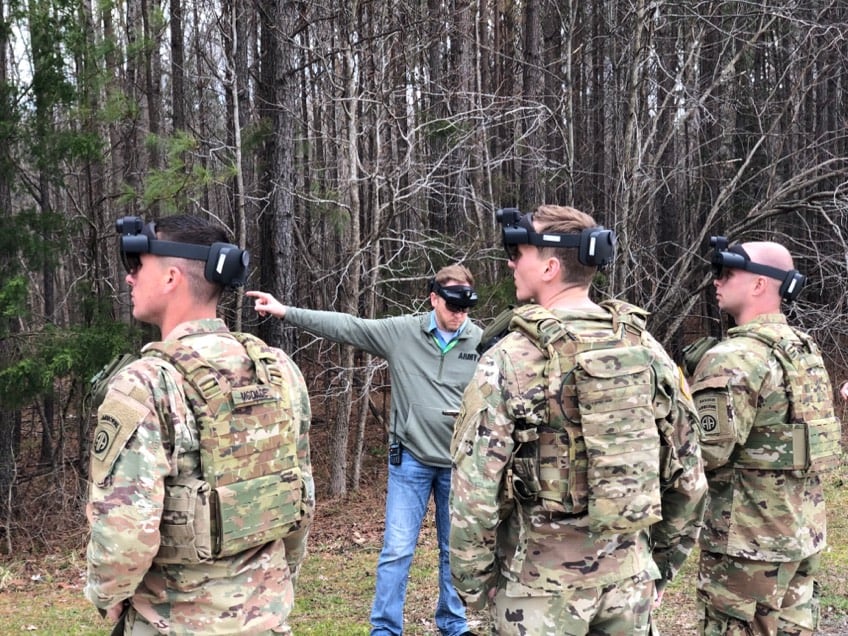
In fairly rapid succession those features were incorporated into the device and, through a series of more than two dozen tests with more than 1,000 users that included soldiers, Marines and special operations forces, the goggle advanced to its target date of first deliveries expected near the end of 2021.
But the most recent defense budget approved by Congress has cut 20 percent, or $230 million, from the $1.1 billion program. And Congress wants a report of acquisition strategy, procurement, fielding and effectiveness both from the Army by August and from the Pentagon’s independent Operational Test and Evaluation directorate within 30 days of the Army’s report.
The future of funding, development and fielding decisions would likely follow those reports. But funding cuts could trim back the Army’s initial order of 40,000 pairs of the goggles, which were expected to begin flowing to soldiers in late 2021.
The most recent large-scale test included a company of soldiers running through a nighttime trench clearing exercises at Fort Pickett in Virginia in October. At the same time, Marines used the IVAS goggles on the range at the same facility, testing its accuracy when linked with their weapons sights. A separate but companion program, the Family of Weapons Sights, both individual and crew served, linked the device with the weapon.
That allowed shooters to visually align their weapon with the target, whether firing from the hip, shoulder, around a corner or over an obstacle. And further software developments allowed for “Rapid Target Acquisition” in which the software would help with target identification.
More work in the software realm promises to add facial recognition abilities and text translation to the goggles’ functions.
Todd South has written about crime, courts, government and the military for multiple publications since 2004 and was named a 2014 Pulitzer finalist for a co-written project on witness intimidation. Todd is a Marine veteran of the Iraq War.
